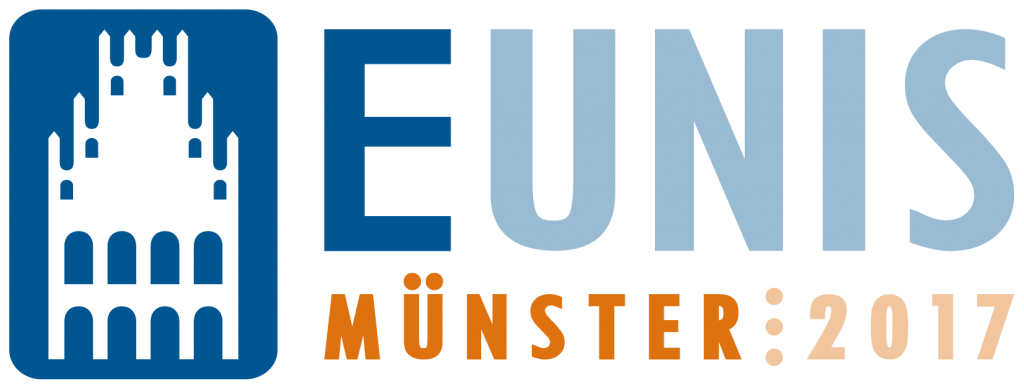Session Chair: E. Cardoso
Building a Digital Roadmap for Greater Engagement and Success
(Chris Bridge)
In 2013 the Queensland University of Technology’s IT Strategy had expired. The technology landscape was changing rapidly, and the university was increasingly aware and responsive to the transformative changes occurring in the global higher education and research sector. By the end of 2014, a compelling case for change was proposed to the IT Governance Committee, and QUT embarked on a very different strategic approach to digital leadership than it had in the past. The presentation on QUT’s Digital Roadmap describes how to build a case for change and break from past practices. The presentation outlines how leadership, engagement and placing the customer at the centre of everything you do is essential to success. View Paper
Digitalization of Higher Education from a Student’s Point of View
(Anne Thoring)
The process of digitalization challenges universities worldwide, in particular the universities’ IT. Qualitative interviews with students were conducted to gather information on service requirements. Three service categories clearly dominate the students’ wishes for IT support: study organization, online literature and software provision. As regards the study organization, a centralized platform granting access to all relevant information and services (e.g. schedule, exam administration, certificates, study progress, contact information) is particularly important. From the students’ point of view, IT should enable them to focus on the content of their studies, provide support for organizational problems, and grant easy access to resources, such as literature and software, while at the same time require little effort. View Paper
Essential IT capabilities for a Successful Digital Transformation in Higher Education
(Pekka Kahkipuro)
Nominated for Best Paper Award
This paper discusses digital transformation within higher education and proposes a layered capability model for structuring the required IT capabilities. Changes related to digital transformation are taking place in most institutions and, while there are differences in the selected approaches, similarities can also be observed across the sector. To define the landscape, we use two frameworks to describe those changes. On one hand, we characterise various aspects of the digital transformation in higher education at the institutional level and, on the other hand, we analyse the new expectations for the role of IT within institution due to this change. View Paper
